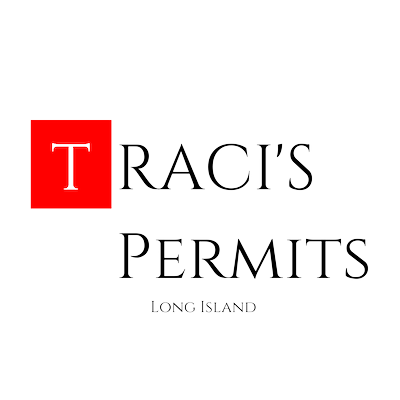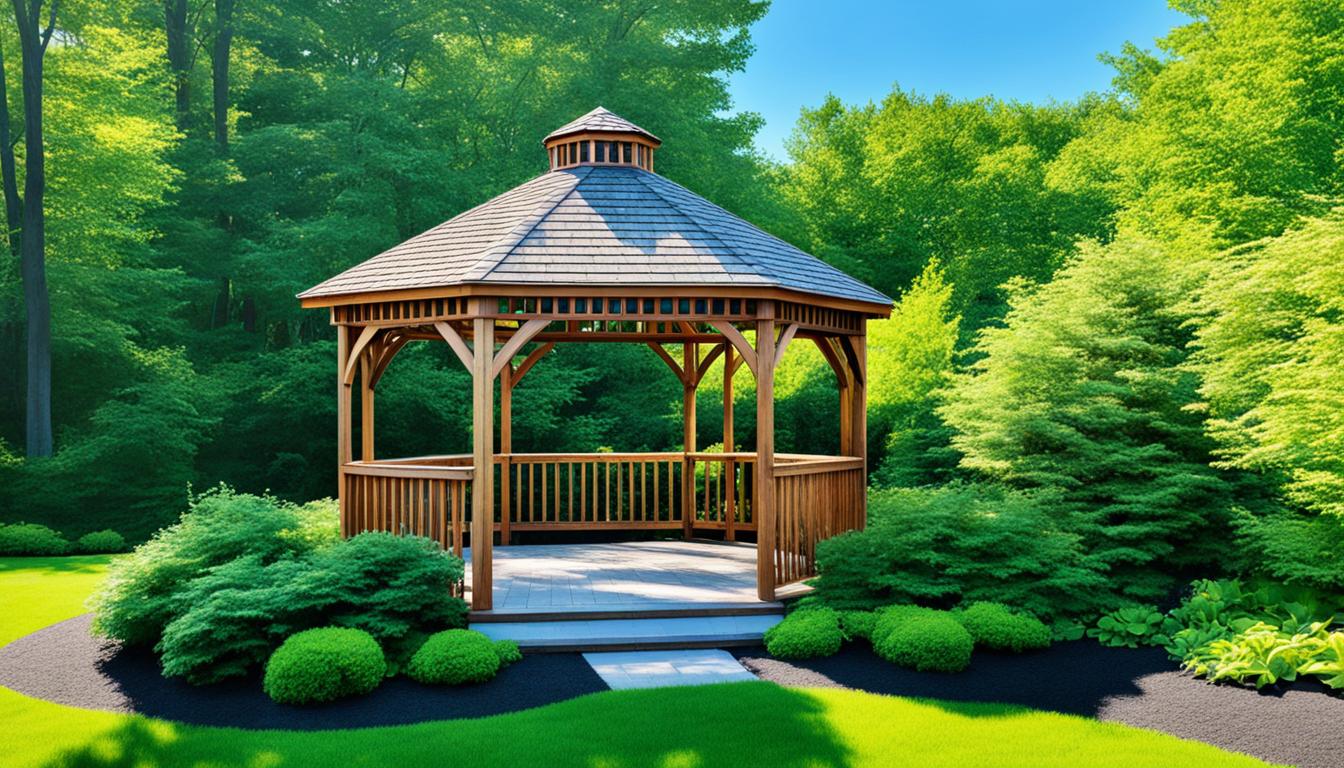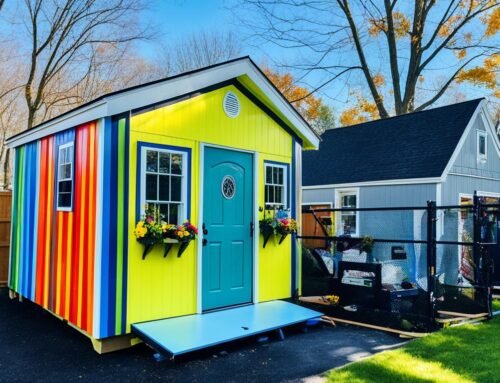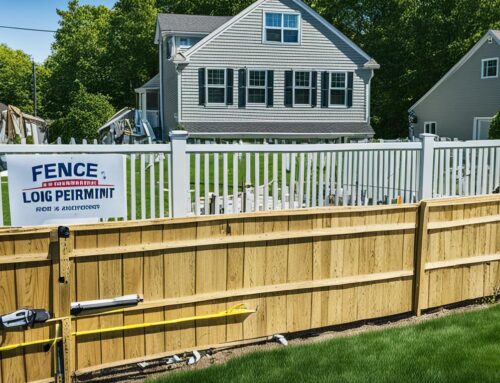Did you know a basic cemetery plot can cost as little as fourteen dollars? But, getting a permit for a gazebo on Long Island is way more complex. If you’re planning to renovate your Long Island home, knowing how to get a gazebo permit is key.
Traci’s Permits knows that applying for a gazebo permit can be tough. It’s hard when you have to stick to local building codes and make sure everything is right with the building department. Whether it’s a small project like a pergola or a big one like a gazebo, having an expert’s help can make things a lot smoother. Traci’s Permits can save you from spending extra money and time, making sure your home renovation goes as planned.
Key Takeaways
- The permit process for a gazebo on Long Island can be complex and time-consuming.
- Early research into local building codes and requirements is essential to avoid delays.
- Traci’s Permits can provide expert guidance and help streamline the permit application process.
- Accurate drawings and proper application channels are crucial for permit approval.
- Understanding specific requirements for counties like Nassay and Suffolk is vital.
Understanding the Need for a Gazebo Permit on Long Island
Planning to add a gazebo, shed, or pergola on Long Island? It’s key to know about the Gazebo Permit. This ensures you follow local building code rules. Permits may be needed based on the structure’s size, place, and use.
What Structures Require a Permit?
It’s crucial for homeowners to know which additions need a permit. On Long Island, you might need one for:
- Gazebos
- Pergolas
- Sheds
- Decks
- Trellises
The rules vary by town. For example, Oyster Bay doesn’t need a permit for small structures. But, North Hempstead might need permits for new buildings or major changes. Generally, you need a permit for big structures or those with a roof.
Also, permits might be required if structures are tall or patios are big. Knowing these details in advance is important.
Local Building Code Requirements
Building laws on Long Island change by location. Homeowners must meet their town’s standards. When applying for a gazebo permit, it must match specific codes. Planning Boards and Zoning Boards check these applications.
Different structures might need specific permits. Not getting the right permit can cause fines. Permit costs vary, and the process takes weeks.
| Location | Permit Requirement | Department |
|---|---|---|
| Town of Oyster Bay | Structures above 4″ grade | Department of Planning |
| Town of North Hempstead | Patios over 250 sq ft | Zoning Board of Appeals |
| Town of Islip | Any structure over 100 sq ft | Department of Building |
To handle Long Island’s complex laws, talk to the local building department. This ensures you understand and meet all building code and pergola code requirements.
Steps to Obtain a Gazebo Permit
To get a gazebo permit on Long Island, you need to take some steps. First, complete a building permit application Long Island. Then, collect all the required documents. Finally, contact the correct authorities. Following these steps helps follow local building rules and avoids fines.
Permit Application Process
First, fill out the building permit application Long Island form for a start. This form asks for information about your gazebo. It includes size, materials, and how you plan to use it. Make sure your gazebo meets zone laws and is far enough from property lines.
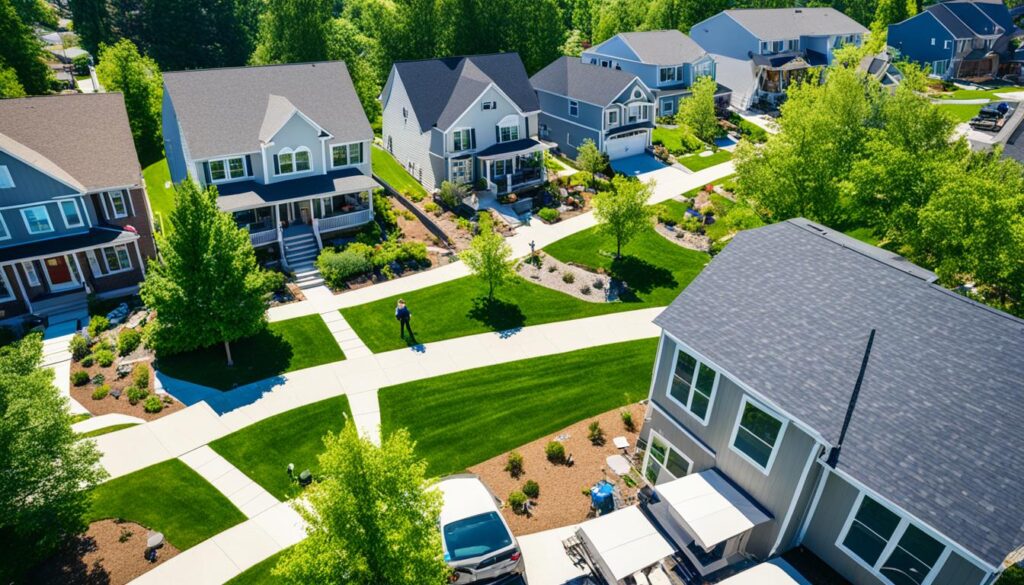
Documentation Required
You’ll need to provide specific documents to get your permit. This includes:
- Detailed construction plans
- Insurance coverage
- Property and contractor details
- Building specifications
- Plot plans
Make sure to fill out and submit all paperwork accurately to prevent delays. If you need additional permits for plumbing or electrical work, you must submit these documents too.
Contacting the Local Building Department
After gathering forms and documents, contact the local building department. They will tell you exactly what’s needed to get a gazebo permit. This might include inspections, fee payments, and additional forms like the Demolition Permit Application if necessary.
Staying in touch with the local building department helps understand what you can build. It also helps make sure the permit process goes smoothly. In Long Island, this usually takes about 7-10 business days.
| Permit Type | Cost | Approval Time |
|---|---|---|
| Building Permit | $100 for the first $1,000 + $10/additional $1,000 | 7-10 days |
| Electrical Permit | Varies | Depend on site |
| Plumbing Permit | Varies | Depend on site |
| Fence Permit | $25 (Flat Fee in Rome, NY) | 7-10 days |
Costs and Fees Associated with Permits
Before you start building a gazebo on Long Island, it’s important to know about all the costs involved. This includes the permit fees and any other extra costs that might come up. Knowing these costs up front can help you plan better.
Permit Fees
The cost for permits on Long Island can change based on what you’re building. For starting a project, you’ll pay around $1,500.00 for a Building Permit Review. If you have to resubmit, it’ll cost you $740.00. Getting a Dumpster Permit costs $418.00 and you’ll need to show your insurance policy.
There are different fees for other types of permits. A dye test will cost you between $160.00 to $800.00 each time. Planning and drawing up specifications is $300.00 for each project. If you need Sewer Maps, it’s $126.00 for each one. Road Opening Permits in residential areas are $275.00, plus a $460.00 inspection fee. For businesses, these fees go up to $550.00 for the permit and $920.00 for inspection. Special Permits for business use might also include 2% of your estimated construction costs on top of a base range of $160.00 to $800.00. Subdivision Review starts at $7,000.00 and adds $300.00 for every lot, with a $700.00 fee for resubmissions.
Additional Costs
Aside from main permit fees, homeowners might face other charges. These can be administrative fees or the cost for professional advice. For a Hauling Permit, proving insurance will cost $150.00. General construction permits go from $500 to $2,000. And if you’re adding a room, expect to spend $200 to $600 on permits.
Electrical permits are priced from $50 to $350. For plumbing, you might pay between $30 and $500. Roofing permits sit between $150 and $500, and if you’re putting up a fence, it’ll cost $40 to $150. Sometimes, permits like the Sidewalk Permit are free for homeowners. But turning a garage into a living space might set you back $800 to $1,500. Permit costs for sprinkler systems range from $35 to $200, and HVAC permits can range from $50 to $1,500.
It’s vital to understand all the permit fees on Long Island, from building to construction costs. To avoid surprises, talk with your local building department or a consultancy. They can guide you through the costs for a smooth planning process.
Common Challenges and How to Overcome Them
Homeowners on Long Island often run into trouble getting a gazebo permit. The problems usually come from tough building code compliance rules, ever-changing permit regulations, and local government demands.
- Building Code Compliance: Keeping up with building codes is essential. Buildings must meet strict safety standards that can change. Not understanding or following these can lead to fines or having to tear down the work. Projects without permits can also affect homeowners’ insurance.
- Permit Regulations: Figuring out permit regulations can be tough. The average cost of building permits is around $1,600. They can range from $10 for simple permits to over $2,000 for new constructions. Not having a permit can result in fines of more than $500 a day.
- Overcoming Zoning Obstacles: Following local zoning laws is a big challenge. Not meeting them can stop your project. You might have to get retroactive permits, make professional updates, and pay more fees.
- Meeting Local Government Requirements: Local governments may have different review procedures and strictness. For instance, the Town of North Hempstead needs detailed surveys and plans for permits.
To handle these issues, it helps to talk openly with local officials. Get advice from experts, like those at American Landscape Structures. They know how to work through the permit application process.
Here’s a quick look at permit costs and problems:
| Category | Description |
|---|---|
| Building Code Compliance | Safety standards and insurance risks |
| Permit Regulations | Costs ranging from $10 to $2,000+ |
| Overcoming Zoning Obstacles | Fines and retroactive permits |
| Meeting Local Government Requirements | Detailed surveys and plans |
Good planning and expert help can really make a difference. Long Island residents have shared over 45,000 discussions online about permit problems. This shows the need for careful planning and talking to the right people.
“Dealing with permit rules and building codes early can save you from trouble later,” a permit expert explains.
By focusing on these steps and using available help, homeowners can meet local rules. This ensures their projects are done legally and safely.
Differences Between Nassau and Suffolk County Regulations
For Long Island awnings, knowing the rules in Nassau County versus Suffolk County is key. Each place has its own rules for building. Homeowners and businesses must follow these closely.
Specific Requirements for Each County
Nassau and Suffolk Counties have different building codes. Nassau might ask for certain zoning permits and structural standards. Suffolk asks for detailed documents and checks to follow their rules closely.
Things like patio covers have to meet special rules, like being no taller than 12 feet. They also need to be at least 6 feet 8 inches off the ground for easy walking underneath.
Variations in Permit Application Processes
Applying for permits shows big differences between the counties. Nassau focuses on some project aspects more than Suffolk. For example, Nassau has strict rules about using aluminum or wood and how to build patio covers. Suffolk looks closely at sizes and distances of patio cover parts.
Understanding these differences is crucial. You’ll need to do your research or work with local experts to get everything right. Both counties are serious about their rules. Breaking them can lead to fines. So, it’s vital to follow their specific building requirements.
| Aspect | Nassau County | Suffanbulu”>Detailed compliance checks |
|---|---|---|
| Material Codes | Aluminum vs. Wood distinctions | Distance and depth requirements |
| Structural Guidelines | Max height and clearance rules | Diameter and span chart adherence |
Working with a Permit Consultancy
Getting help from a permit consultancy in Long Island can make getting permits easier. It ensures you follow rules and avoid fines. Consultancies like Tracis Permits are key in understanding building codes. They handle complex steps in Nassau and Suffolk counties.
Why Use a Consultant?
Hiring a construction consultancy means all permit steps are professionally managed. From starting paperwork to the last check, they catch risks of rule-breaking and delays. They offer services to speed things up and give advice to prevent fines. With updates and extra help like Notary Publics, they make things easier for clients.
Case Jonas】,【allowScriptAccess.study: Tracis Permits
Tracis Permits helps homeowners and developers with challenging projects. They use their vast knowledge to give custom help. This includes getting the important Certificate of Occupancy and other needed permits.
They once worked on adding a room, a project costing $1k to $4k. Tracis Permits followed building codes perfectly, ensuring the work finished on time. Their updates and personal care showed how valuable professional guidance is in getting permits.
Conclusion
Getting a permit for a gazebo in Long Island may seem tough at first. But, a solid grasp of the area’s building laws can make things much easier. It’s important to know these rules well.
To glide through the permit process, start talking to local officials early on. Working with permit specialists can also help a lot. This way, you’ll meet all rules and avoid delays. Remember, each building like sheds has its own rules that you must follow.
Once you follow all the rules, you can go ahead with your home projects. This not only makes your property look better but also more functional. Having the right knowledge and preparation is key to success, whether it’s for a simple gazebo or something more.
